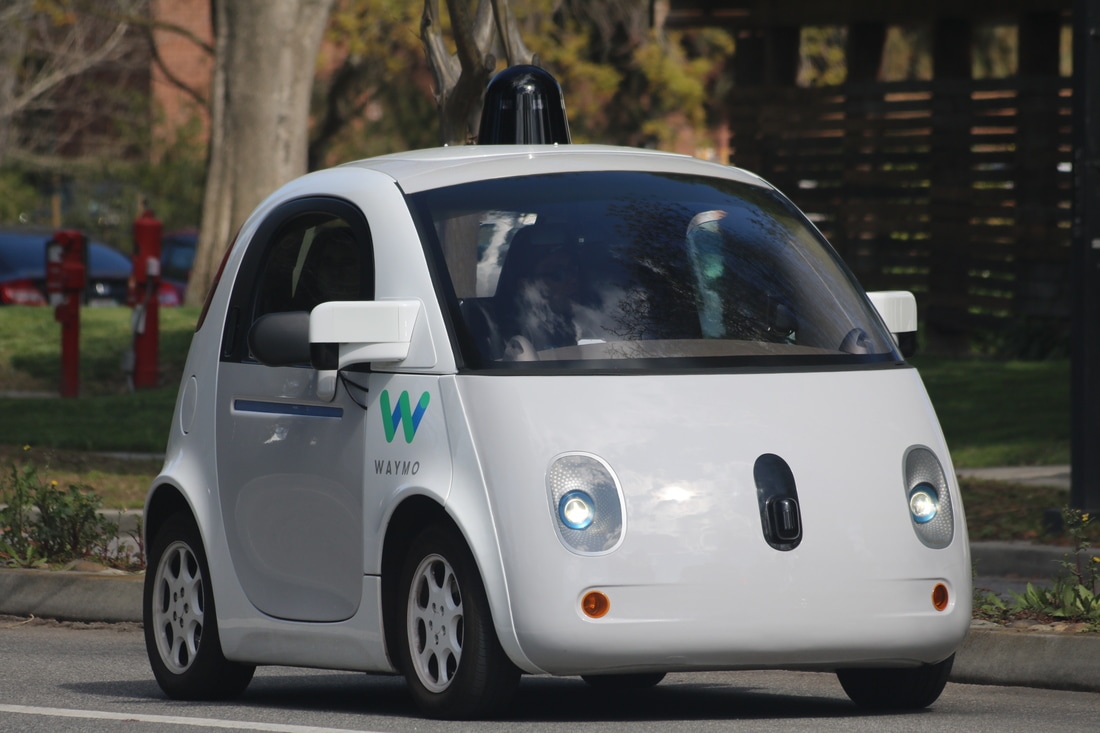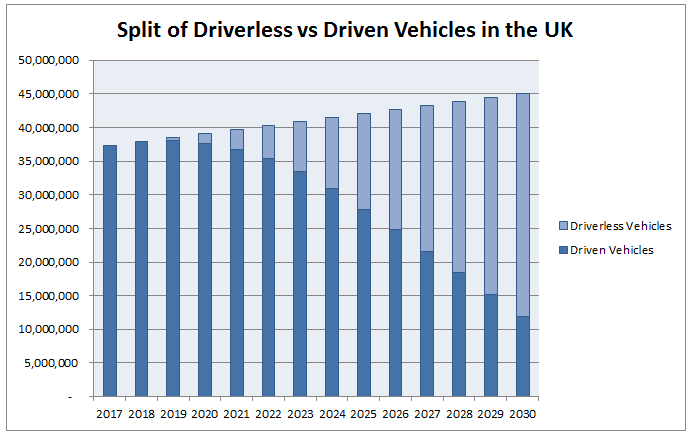|
Driverless, Autonomous, Self-driving, robotic, drone cars, whatever you want to call them, I think self-driving cars are going to be awesome.. The potential benefits include:
But how far away are we from this being a reality? It seems like we are constantly being told that self-driving cars are just on the horizon, and that wide spread use of self-driving cars will arrive sooner than we think. It got me thinking though, surely even when manufacturers start churning out driverless cars, isn't it still going to take a considerable amount of time before they begin to replace all the cars currently being driven? Most people will not suddenly go out and replace their current car the moment self-driving cars are available on the market. Replacing all the old cars Almost all cars that are currently being driven today will never be self-driving, it will only be new cars, after a certain point, that will start to be self-driving. So even if all new cars from now on were to be self driving, there would still be a delay as old driven cars were slowly replaced by self driving cars. I thought I'd try to do some modelling to see how quickly would this process might take place. As a starting point, let's assume that we will start to see self-driving cars being produced by 2019. I found the following report from the Department of Transport which details the number of cars on the road today, and the number of new cars registered every year. www.gov.uk/government/uploads/system/uploads/attachment_data/file/608374/vehicle-licensing-statistics-2016.pdf The important statistics are: There are currently $37.3$m cars on the road Each year the number of registered cars increases by approximately $600,000$ Around $3.3$m new cars are registered every year. I then extrapolated these statistics based on three different scenarios: Scenario 1 - All new cars from 2019 onward are driverless We can see that even under this very optimistic scenario, it's not until 2025 that we will see a majority of cars on the road being driverless. It's probably not reasonable though to assume that all new cars produced after 2019 will be driverless, so let's look at the effect of slowing increasing the proportion of new cars that are driverless. Scenario 2 - Assuming linear increase in % of new cars produced which are Driverless between 2019 and 2030 In this scenario we assume that in 2018 all new cars are driven, and that by 2030 all new cars are driverless, and we assume a linear increase in the % of new cars which are driverless between these two years. We see that under this scenario, it's not until 2030 that we start to see a majority of driverless cars on the road. To get an alternative view, let's look at a quicker rate of adoption, let's suppose instead that by 2025, all new cars will be driverless. Now we see that a majority of cars are driverless by around 2027, with a strong majority emerging by 2030. Conclusion Even when we assume that driverless cars will start to be produced by 2019, based on current trends of car replacement, and depending on the speed at which self driving cars are produced, we shouldn't expect a majority of cars on the road to be driverless until at least the late 20s or maybe even early 30s. So when analysts say that driverless cars will be common much sooner than people expect, they need to be careful about how they define common. |
AuthorI work as an actuary and underwriter at a global reinsurer in London. Categories
All
Archives
April 2024
|





 RSS Feed
RSS Feed
Leave a Reply.